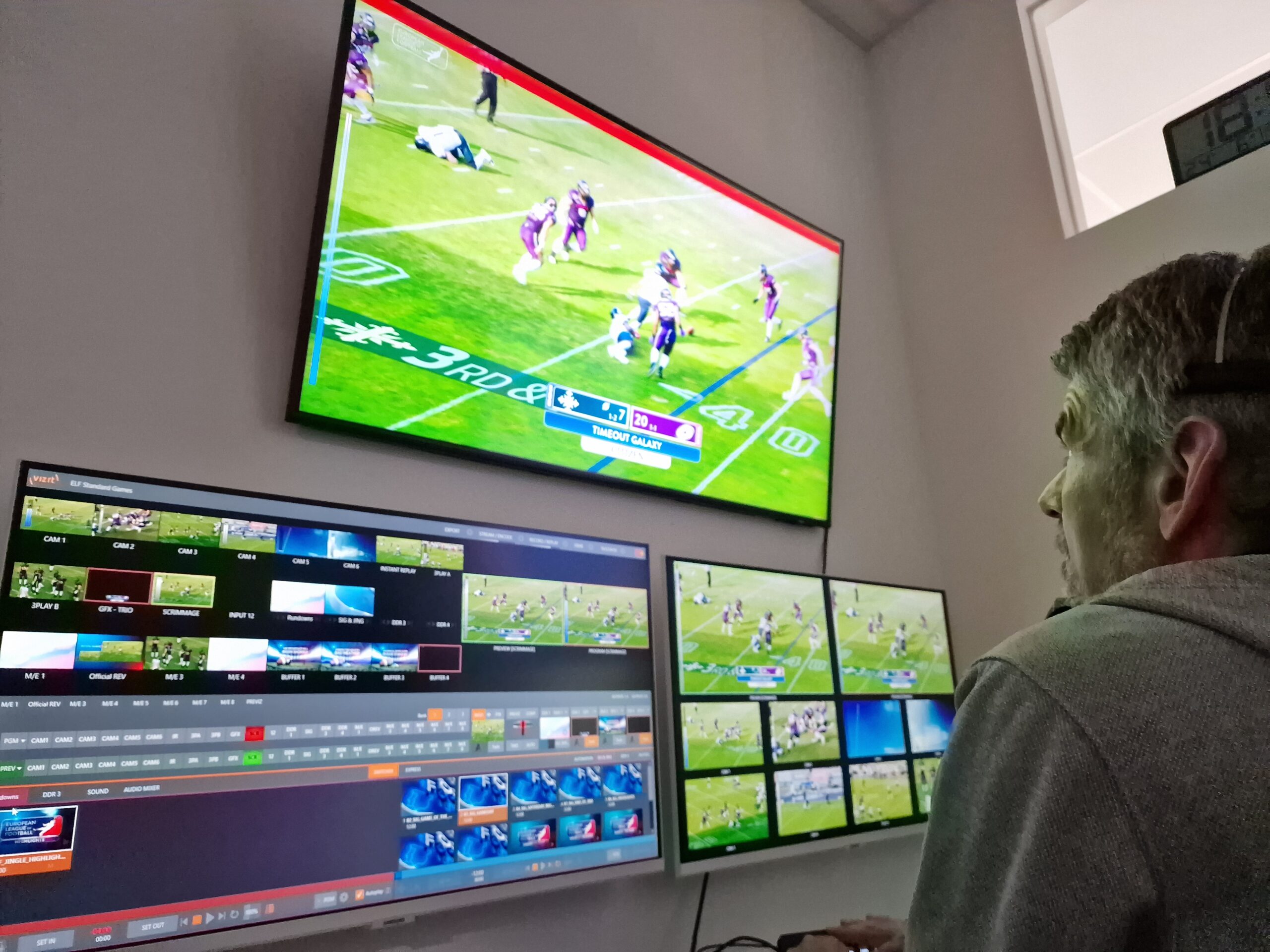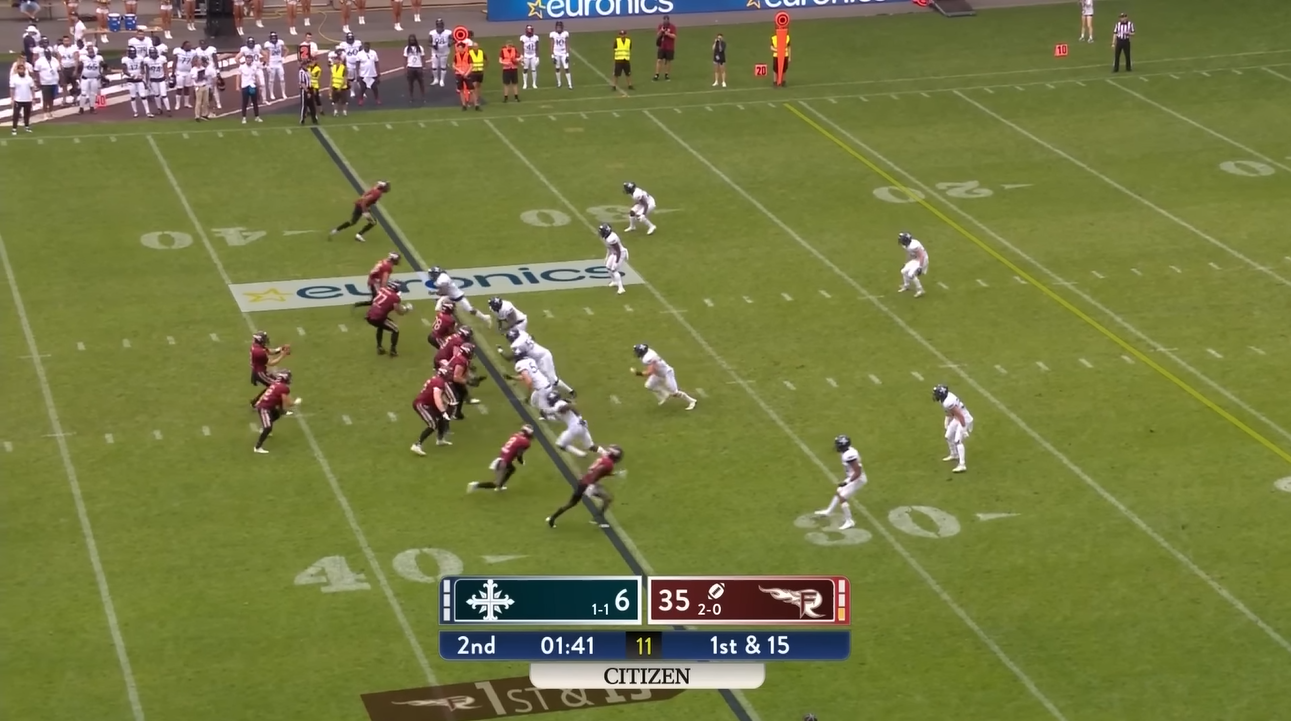White Paper: Meeting the Expectations of Modern Sports Fans
Story Highlights
From UHD to AI, we are currently in a time of unprecedented technological advancement within media technology. This phenomenon is prompting media companies to review and reinvent their workflows. But it’s also exerting a significant influence on viewer preference — on the types of content they want to watch, and the ways they want to watch it.

Nicholas Jameson, Senior Customer Success Manager, Vizrt
Although some of these trends started to show up in Generations X and Y, they are changing drastically with Gen Z (born between 1996 and 2010). The first generation to be dubbed true ‘digital natives’ (1), Gen Z already makes up more than a quarter of the global population.
Soon to be the most influential generation, Gen Z prefers more short-form content, such as sports highlights, versus entire traditional long form broadcasts.
How does changing consumption habits with the younger generations affect broadcasters? What can they do to successfully engage a diverse number of consumers, regardless of demographic? That’s what we will touch on below:
The Challenge
A recent study into Gen Z viewing habits, specifically focusing on sports (2), confirmed that viewership is undergoing profound change, shifting away from traditional media towards an increased reliance on digital platforms. While traditional broadcasters can take comfort from the fact that the big screen experience remains the most popular option for watching major tournament matches and championship finals, the study revealed a huge increased in viewing via smartphone, with 38% of respondents stating that they consume all their content that way.
The extent to which Gen Z is connected to their smartphone and social media as part of everyday life was also reinforced by the study. For example, nearly two-thirds of Gen Z and almost half of millennials use social media to catch up on sports, including the viewing of highlight packages specifically created for platforms such as Facebook, Instagram, and X (formerly Twitter).
The desire for new, and generally shorter, forms of content is also underlined. Many Gen Zers only ‘often’ (54%) or ‘sometimes’ (18%) watch a complete sports event from beginning to end, which strongly suggests an influence from the ‘bitesize’ media consumption habits associated with social media.
Therefore, the challenge for media companies who want to form an enduring relationship with Gen Z can be separated in to two main components: firstly, to have the necessary flexibility to produce more content, across a greater number of platforms; and secondly, to have the technology that supports production for these platforms, as well as continuing to service legacy outlets, not least around the production of event television with true multi-generational appeal.

The Solution
Our recent experience has shown that it is the broadcasters who are most open to engaging both with new technologies — including those delivered and/or enabled by the cloud — and content platforms which are most likely to speak to the interest of Gen Zers.
A recent project that paired Vizrt with Sky Sports Germany — resulting in the broadcaster’s first vertical football match multi-screened on TikTok — is a prime example (3). In what was described as a ‘Watch Party’, viewers were able to watch multiple sources and graphics simultaneously, including exclusive camera cuts, performance history and match analytics.
To realize this ambitious project, Sky Sports Germany employed an array of Vizrt’s latest solutions: Viz Vectar Plus for live 9:16 production, Viz Engine 5 for core broadcast studio production, Viz Arena and Viz Virtual Studio for in-stadium AR graphics and Viz Libero for advanced sports analysis.
Cloud-based production and immersive technologies, such as augmented reality (AR), are also helping broadcasters build Gen Z audiences. Recent efforts by the European League of Football (ELF) is another project that comes to mind, which involved overhauling its viewer experience by offering more live coverage along with multi-language commentary options, and data-driven 3D, and AR graphics.
ELF realized that moving its production workflow to the cloud would enable it to provide the extra content in a way that was sustainable and cost-effective. With only three weeks to go before the 2023 season, video production partner novel.media enlisted Amazon Web Services (AWS) and Vizrt to achieve end-to-end cloud-based live production.
Multiple aspects of the deployment save on cost, and carbon, including the use of the Viz Now tool to automate the deployment and provide on-demand access to up to six cloud live production environments for game days.
The new configuration also means that the broadcast teams can operate more flexibly and sustainably. There is no longer any unused hardware capacity as the ELF and novel.media can simply spin up cloud capacity when required – then switch it off when the event is over. Significantly, the cloud-based production is also enabling a reduction in the need for OB trucks and large crews as this content is being delivered remotely.

Summary
While daily linear programming is likely to have a place for some years to come, it is clear that viewing habits are set on a trajectory of permanent change. If the viewing habits of Gen Z strongly favor bitesize content viewed via non-traditional platforms and media, then those characteristics are likely to be even stronger in the next generation.
In a fast-moving media technology landscape, the adage of ‘adapt or die’ has never been more relevant. Re-evaluating workflows and developing more flexible production methods are essential if media organizations are to forge a lasting connection with Gen Z — and the generations beyond.
